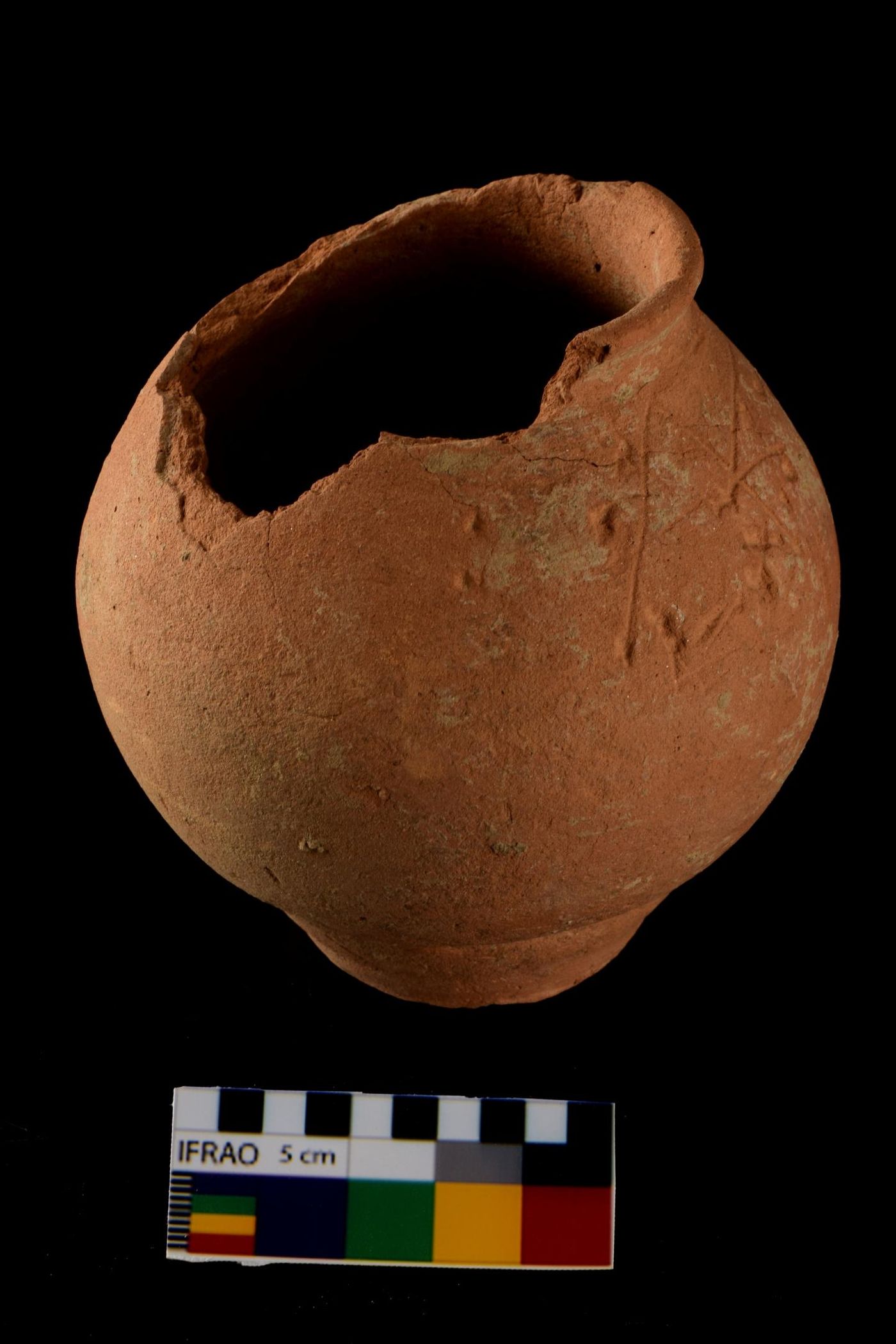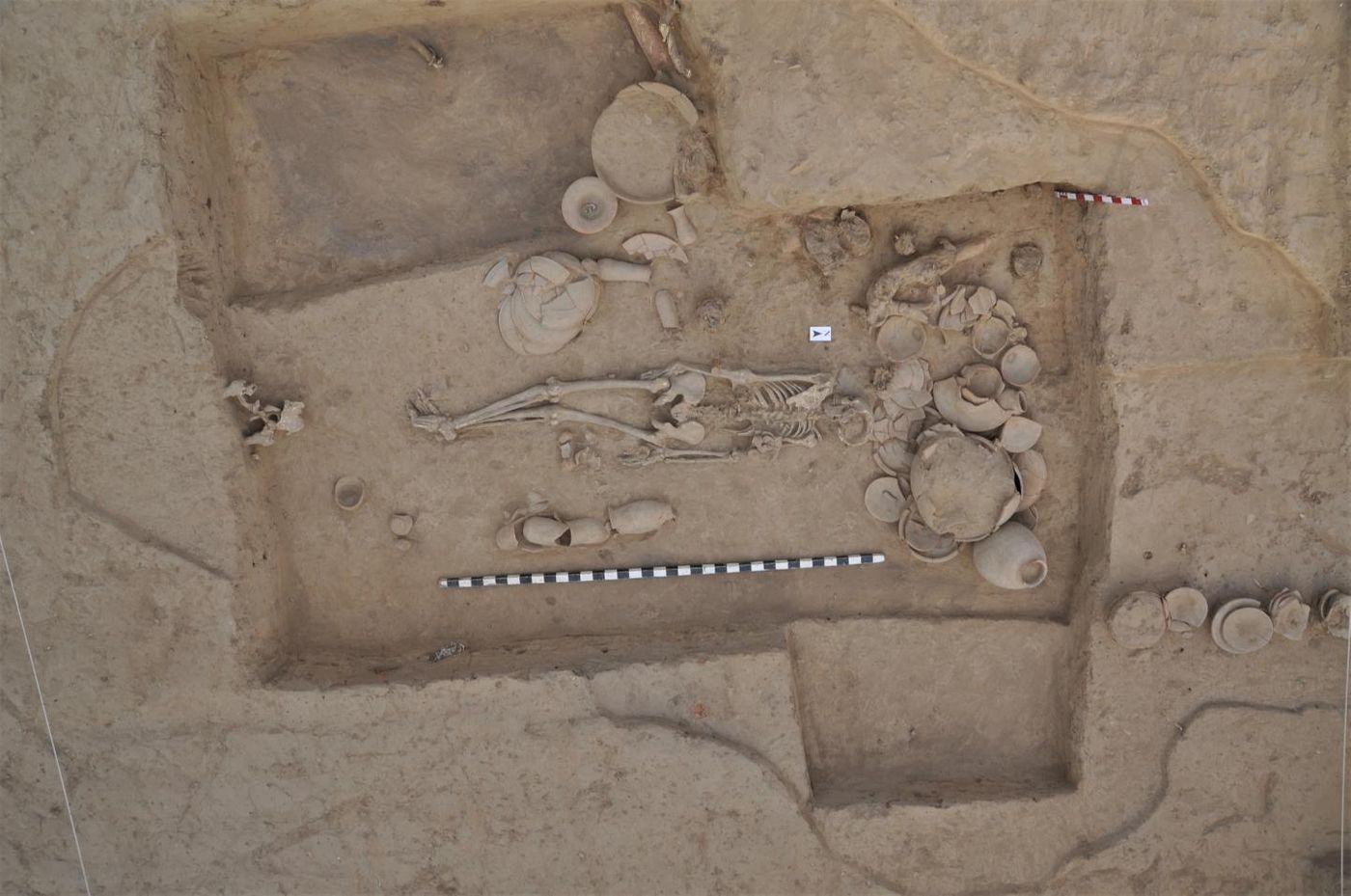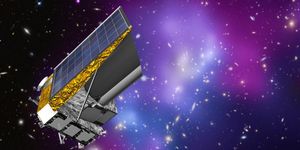Analysis of Ancient DNA from Harappans Civilization Links it to Modern Indians
Scientists have sequenced the genome of an individual that lived four to five millennia ago and was part of the Harappan civilization, which is also referred to as the Indus Valley Civilization (IVC). The study suggested that many people living in modern India are probably descended from this ancient society. It also indicated that farming was not brought to the region by people migrating from the Fertile Crescent as was thought; instead, it's more likely that local hunter-gatherers settled and began to farm in South Asia. The work has been reported in Cell.
"The Harappans were one of the earliest civilizations of the ancient world and a major source of Indian culture and traditions, and yet it has been a mystery how they related both to later people as well as to their contemporaries," explained the first author of the report Vasant Shinde, an archaeologist at Deccan College, Deemed University in Pune, India, and the chief excavator of the site of Rakhigarhi.
Around 2600 to 1900 BCE, the northwest part of South Asia contained one of the first large urban societies in the world - the IVC. It was a civilization that was similar to ancient China and Mesopotamia, with complex water systems, trade routes, systematic planning, and standard measures. While the IVC holds archeological importance, it’s been difficult to recover DNA from it because of the hot, changing climate in the region.
"Even though there has been success with ancient DNA from many other places, the difficult preservation conditions mean that studies in South Asia have been a challenge," said the study senior author David Reich, a geneticist at Harvard Medical School, the Broad Institute, and the Howard Hughes Medical Institute.
In this work, the research team assessed 61 skeletal samples from the site of the largest IVC city and recovered a small amount of DNA. They attempted to sequence this ancient DNA over a hundred times. "While each of the individual datasets did not produce enough DNA, pooling them resulted in sufficient genetic data to learn about population history," said Reich.
The researchers don’t know the genetic background of IVC people. "They could resemble Southeast Asian hunter-gatherers or they could resemble Iranians, or they could even resemble Steppe pastoralists - all were plausible prior to the ancient DNA findings," added Reich.
A larger report being published in Science included this individual with ten others that were recovered from sites across Central Asia and Iran and were considered genetic outliers in their local populations. They carried an ancestral mixture that was connected to ancient Iranians and hunter-gatherers in Southeast Asia. Because their genomes were similar to the individuals from IVC, the researchers suggested that they were IVC migrants.
Modern people in South Asia carry a similar ancestral mixture. The researchers believe, therefore, that Indians of today are descended primarily from the IVC. "Ancestry like that in the IVC individuals is the primary ancestry source in South Asia today," said Reich. "This finding ties people in South Asia today directly to the Indus Valley Civilization."
This work indicates that there were splits in the population before farming was created in the Fertile Crescent. Farming may have been locally reinvented or brought as western Iranian farmers migrated in large numbers.
"The Harappans built a complex and cosmopolitan ancient civilization, and there was undoubtedly variation in it that we cannot detect by analyzing a single individual," Shinde said. "The insights that emerge from just this single individual demonstrate the enormous promise of ancient DNA studies of South Asia. They make it clear that future studies of much larger numbers of individuals from a variety of archaeological sites and locations have the potential to transform our understanding of the deep history of the subcontinent."
Sources: AAAS/Eurekalert! via Cell Press, Cell










